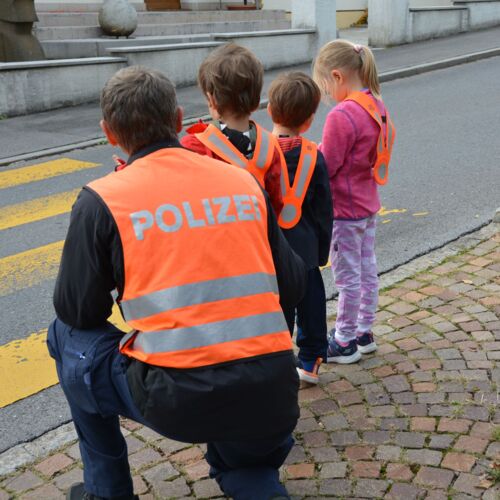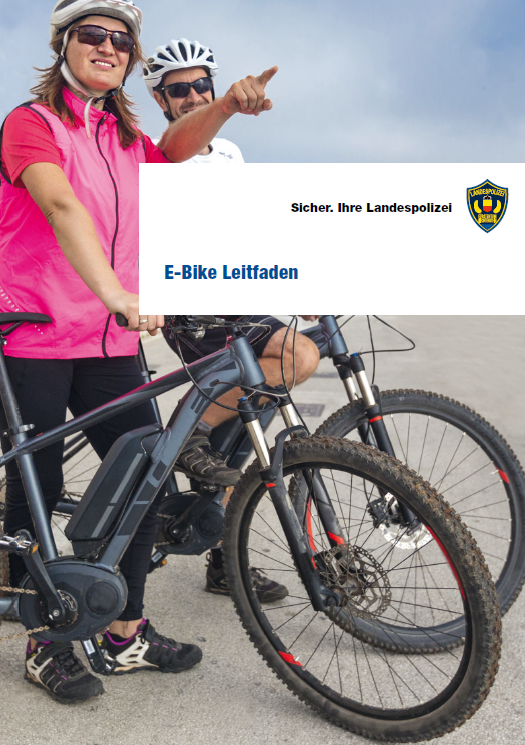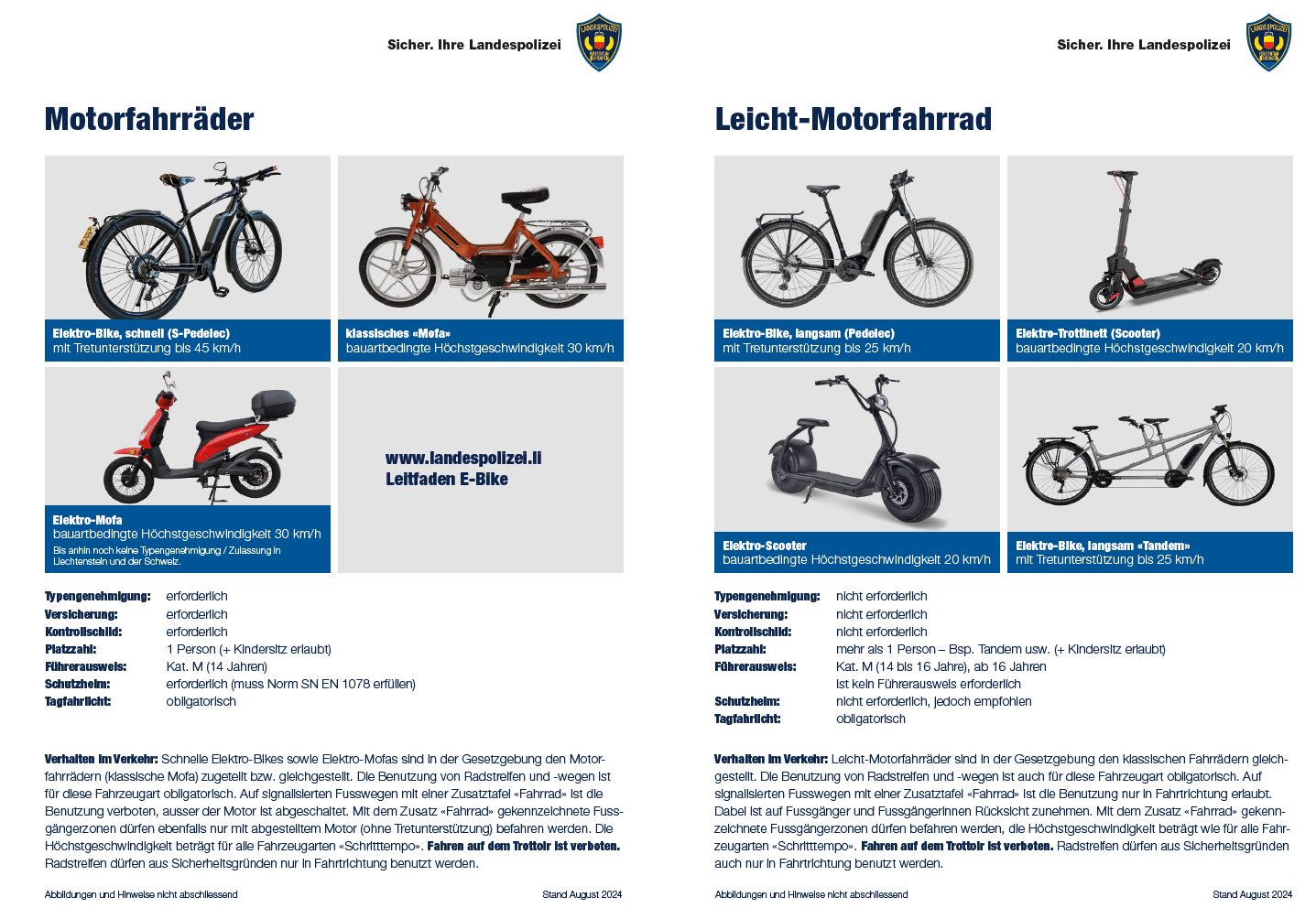Traffic prevention
Caution pays off
Traffic statistics show that road accidents occur time and again. The reasons for this vary. The National Police try to sensitize the population with road traffic campaigns, traffic instructions and other information in order to prevent accidents in the best possible way.
Schellenberg traffic training facility
Traffic prevention is an important tool for preventing accidents. This is why it is so important for even the youngest and most vulnerable road users to learn the most important traffic rules and correct behavior on the road at an early age. This is the reason why traffic prevention is a top priority for the National Police. Thanks to the financial support of the Commission for Accident Prevention (KfU), the traffic training facility in Schellenberg was put into operation in 2010 and has been running successfully ever since.
What is taught?
Traffic instruction in Liechtenstein begins in kindergarten and is structured to suit the different levels. Every year, the fourth classes of Liechtenstein elementary school have the opportunity to explore the practical side of cycling away from traffic with instructors from the National Police in the traffic training facility. The traffic training facility is a constructed area with real-life conditions such as road markings, a traffic circle, traffic lights and the usual traffic signals, where children learn how to behave correctly in road traffic. The children are taught various riding maneuvers in as realistic an environment as possible and thus learn how to ride their bikes correctly in traffic. Other key points include learning to recognize hazards and the importance of wearing a helmet. Every year, around 30 classes or over 600 children enjoy traffic instruction at the "Säga Mösele" traffic training facility in Schellenberg, where the bicycles are provided to the children by the National Police.

Child seats
Since 2006, Liechtenstein has been subject to the EU directive that children up to the age of 14 who are smaller than 150 cm must be secured in the vehicle with an approved child restraint system. Anyone who fails to secure their child correctly will receive a fine of CHF 50.
The child seats used in a vehicle must be officially approved. This can be ensured by an "E" approval mark and a test number.
Various systems
There are various safety systems for children. A distinction must be made here: carrycots, infant carriers, booster seats, reboard seats, etc. Reboard seats (i.e. rear-facing protection systems) are particularly suitable for children under 18 months, as they provide better support for the child's head and spine in the event of a frontal collision. Caution: Installing such a reboard seat on the front passenger seat with an activated airbag system is fatal and therefore prohibited!
The National Police flyers on child seats and seat belts can be downloaded here.
E-bike
Safe on the road with the e-bike
The 5 most important tips:
- Ride defensively and with foresight
- Allow for longer braking distances
- Make yourself visible - even during the day
- Wear a bike helmet
- When buying: choose the right pedal assistance and check ABS
Wearing a bicycle helmet is mandatory for fast e-bikes with pedal assistance above 25 km/h. However, a helmet is also recommended for slower models. However, KfU also recommends wearing a helmet on slower models.
Accident risks with e-bikes
An e-bike travels significantly faster than a conventional bike with the same amount of effort. This leads to an unusually long braking distance and there is less time to react to unexpected situations. As with all other two-wheelers, other road users easily overlook e-bikes or notice them too late. There is also a risk of confusion: at first glance, it is almost impossible to distinguish a conventional bike from an e-bike. The speed of e-bikes is therefore often underestimated.
It is therefore very important to ride e-bikes defensively and with foresight. Better visibility also helps: riding an e-bike with lights and wearing a reflective vest is recommended - even during the day.
ABS is also worthwhile on an e-bike
What has proven its worth on motorcycles is also available for e-bikes: ABS. It prevents the front wheel from locking in the event of emergency braking and at the same time prevents a rollover thanks to the rear wheel lift-off control. ABS improves safety, especially on trekking and city bikes.
(Source: bfu - Swiss Council for Accident Prevention)
New traffic regulations from 2021
Various new traffic regulations will come into force on January 1, 2021, which will increase safety and make traffic flow more smoothly.
You can find more information on traffic prevention at www.kfu.li


